The Art of the Perfect Croissant: A Baker's Guide to Flaky Perfection
The croissant: a symbol of French patisserie, a testament to the magic of butter and dough. Its airy lightness, shatteringly crisp exterior, and rich, buttery interior have captivated palates for centuries. While seemingly simple, crafting the perfect croissant requires patience, precision, and a deep understanding of the process. This guide will unravel the secrets behind this iconic pastry, empowering you to create croissants that are impossibly light, buttery, and utterly irresistible.

The Foundation: Ingredients and Dough
The beauty of a croissant lies in the simplicity of its ingredients: flour, water, yeast, salt, sugar, butter (lots of it!), and sometimes milk or eggs. However, the quality of these ingredients plays a crucial role in the final product. Use strong bread flour for optimal gluten development, which gives the croissant its structure. High-quality butter, preferably with a high fat content, is essential for achieving those delicate layers and rich flavor.
The initial dough, known as the détrempe, is mixed and kneaded to develop gluten, providing the framework for the layers. This dough needs to be strong enough to encase the butter during the lamination process.
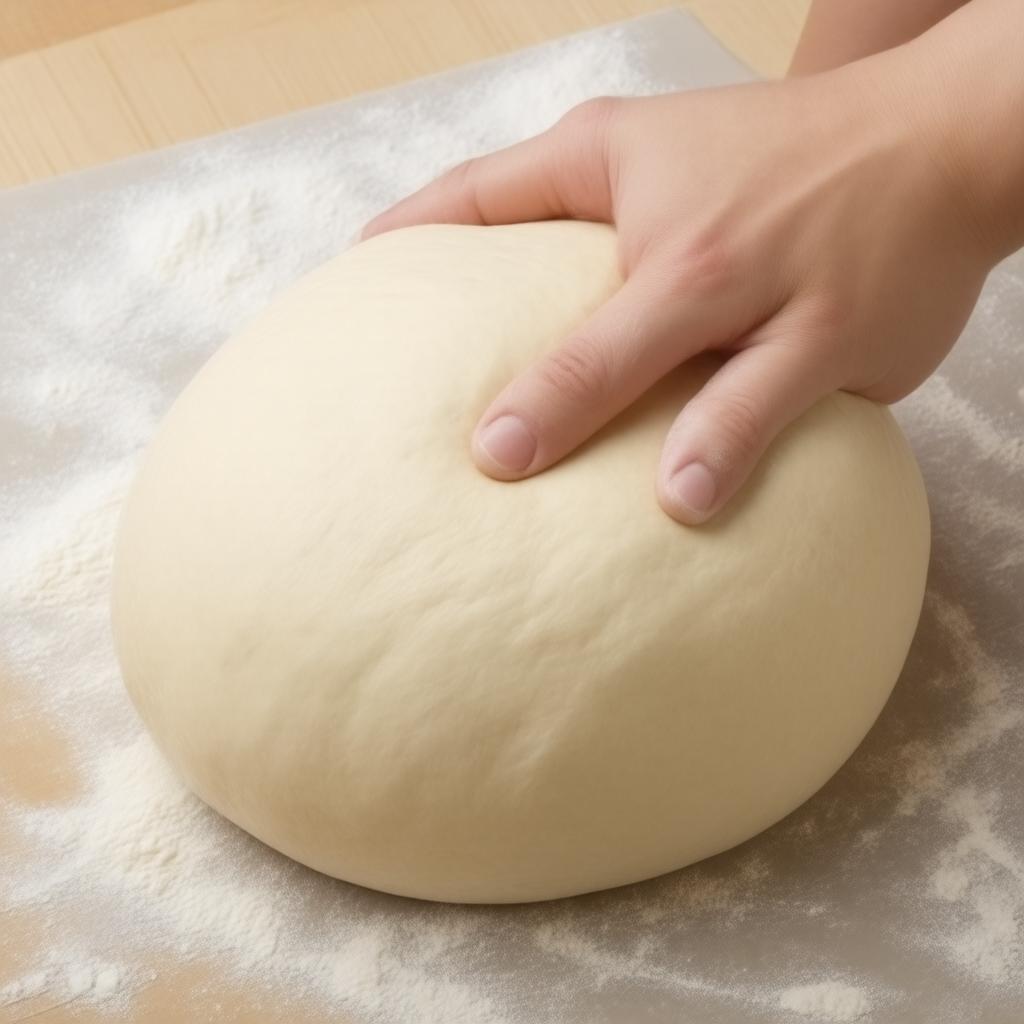
The Heart of the Matter: Lamination
Lamination is the art of incorporating a slab of chilled butter into the dough through a series of folds. This process creates hundreds of alternating layers of butter and dough, which, when baked, create the croissant's signature flaky texture.
The butter block, known as the beurrage, must be cold and pliable, yet firm enough to withstand the rolling and folding. The détrempe and beurrage should be of similar consistency to prevent the butter from breaking through the dough during lamination.
The process typically involves several "turns," each consisting of folding the dough like a letter and then rolling it out again. Each turn doubles the number of layers, resulting in an intricate network of butter and dough. Resting the dough between turns is crucial to relax the gluten and prevent the butter from melting.
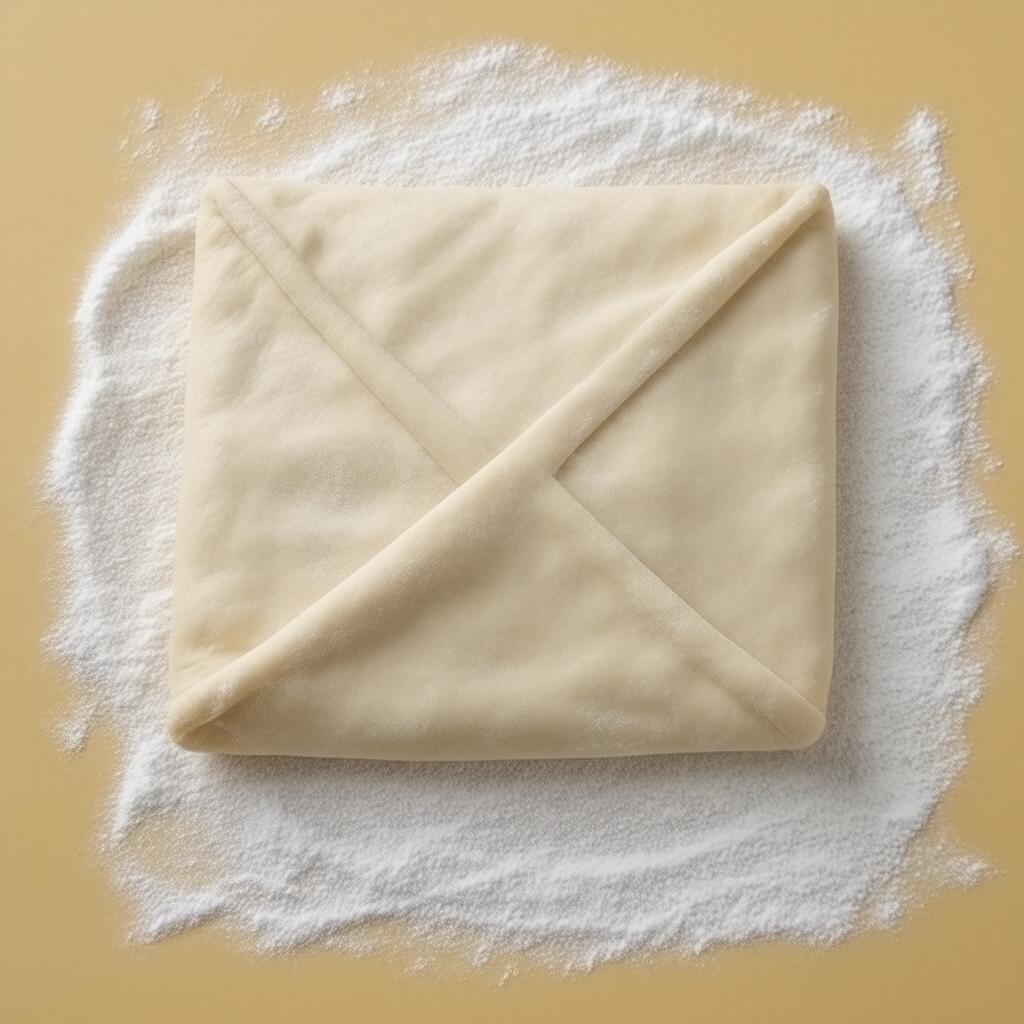
Shaping and Proofing: The Final Touches
Once the lamination is complete, the dough is rolled out into a large rectangle and cut into triangles. These triangles are then gently stretched and rolled into the characteristic crescent shape.
Proofing, the final step before baking, allows the yeast to ferment and create air bubbles, which contribute to the croissant's light and airy texture. The ideal proofing environment is warm and humid, promoting optimal yeast activity. Over-proofing can lead to a collapsed croissant, while under-proofing can result in a dense texture.
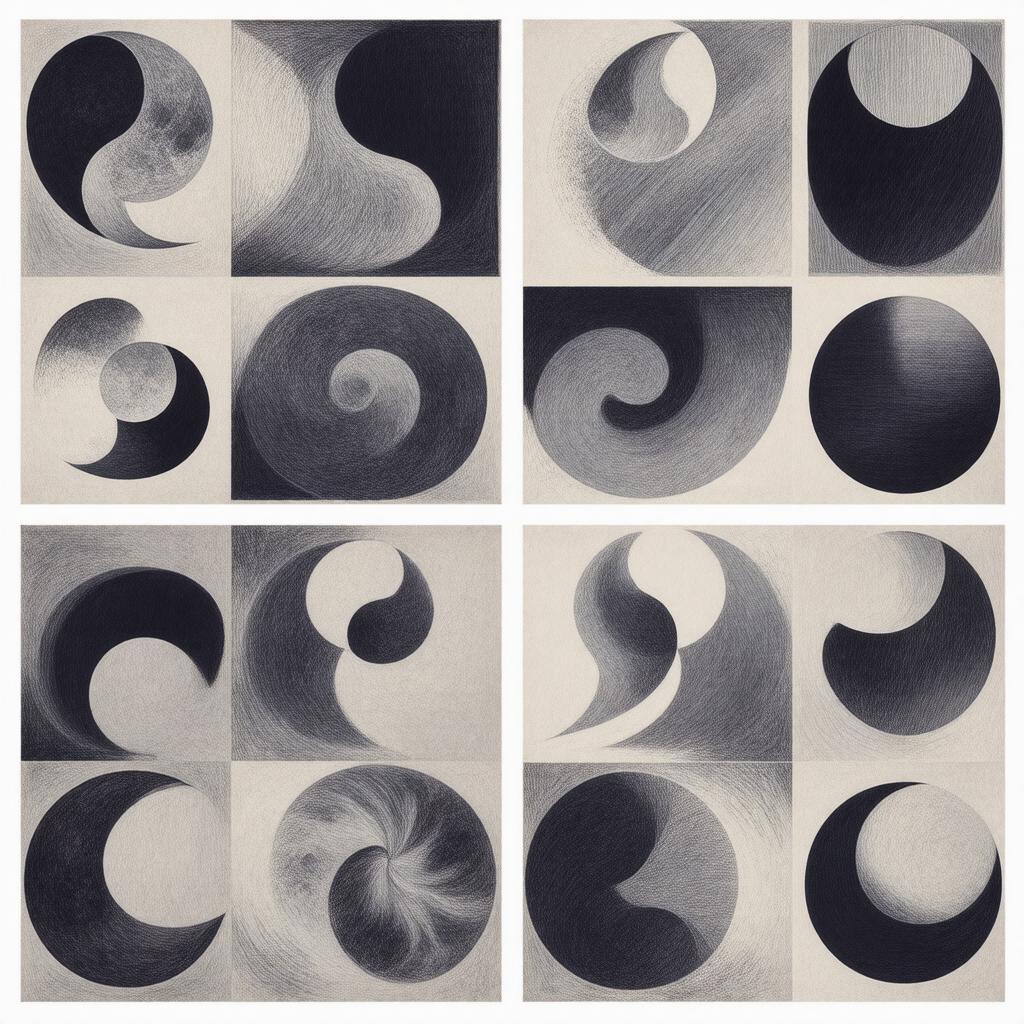
Baking: The Moment of Truth
The baking process transforms the layered dough into a golden, crisp masterpiece. A hot oven is essential for creating steam, which puffs up the layers and gives the croissant its signature honeycomb structure. The temperature and baking time may vary depending on the oven and the size of the croissants, but a good starting point is around 400°F (200°C) for 15-20 minutes. Keep a watchful eye on your croissants as they bake, adjusting the temperature if necessary to achieve a deep golden-brown color.
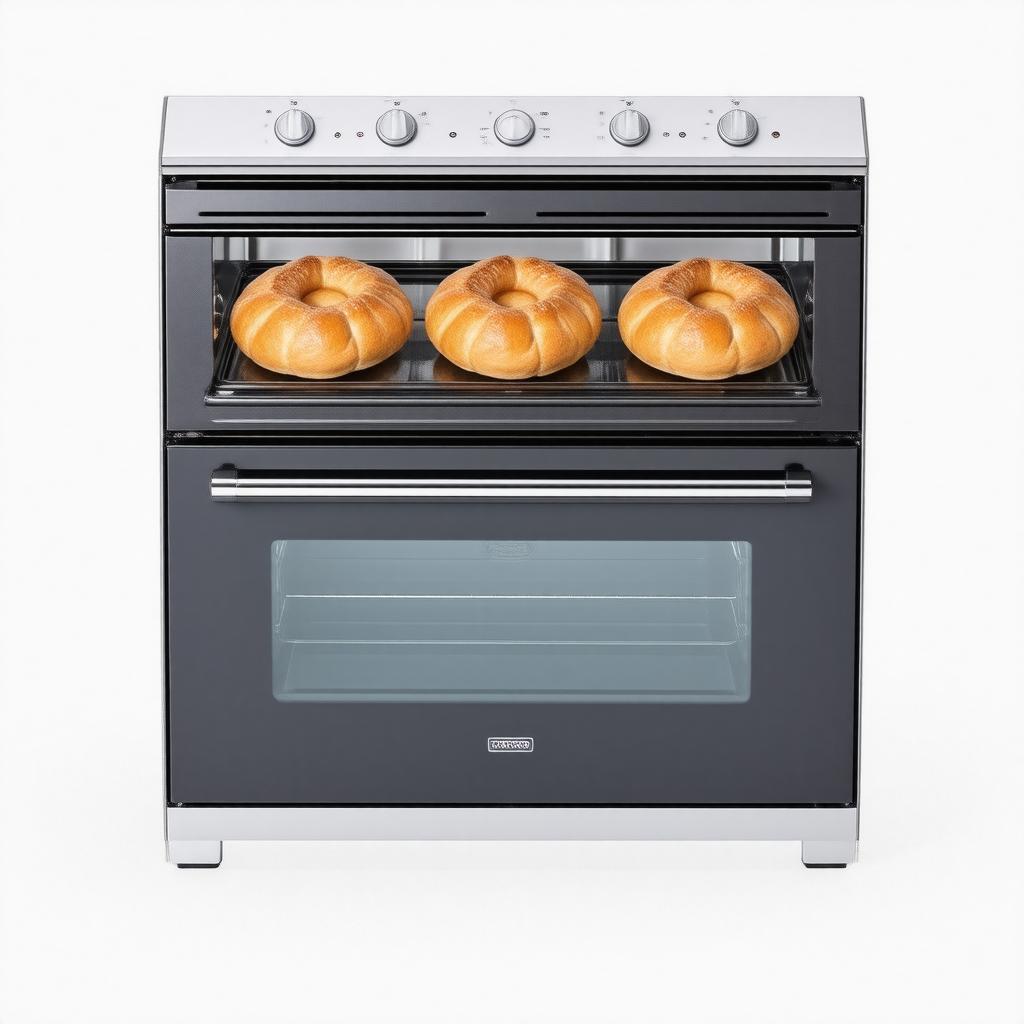
Troubleshooting and Tips for Success
- Sticky Dough: If your dough is too sticky, lightly dust your work surface and rolling pin with flour. Avoid adding too much flour, as it can make the croissants tough.
- Butter Leakage: If butter is leaking during lamination, it's likely that the butter is too warm or the dough is too thin. Chill the dough and try again.
- Uneven Layers: Ensure that your folds are precise and that you roll the dough evenly to achieve consistent layers.
- Dense Croissants: This could be due to under-proofing, insufficient lamination, or too low a baking temperature.
Beyond the Classic: Variations and Flavor Combinations
While the classic butter croissant is a masterpiece in itself, don't be afraid to experiment with different flavors and fillings. Consider incorporating chocolate, almond paste, cheese, or even savory ingredients. The possibilities are endless!
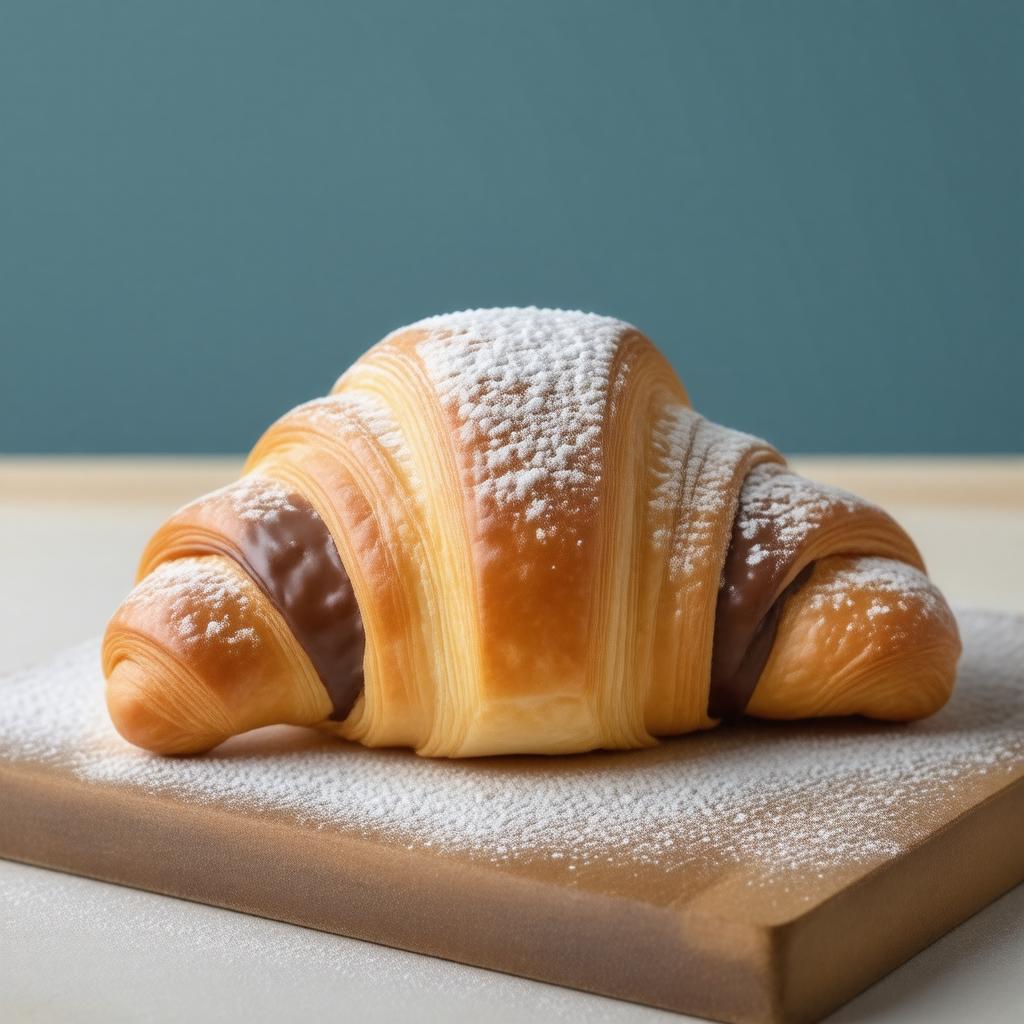
Conclusion: The Reward of Patience
Making croissants is a labor of love, but the reward is well worth the effort. The satisfaction of biting into a warm, flaky, buttery croissant that you made yourself is unparalleled. Embrace the process, learn from your mistakes, and enjoy the journey of mastering this iconic pastry. With practice and patience, you too can unlock the art of the perfect croissant.